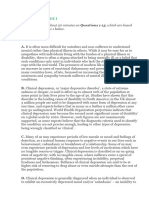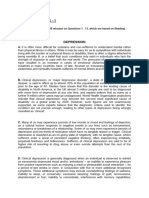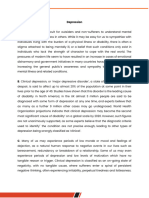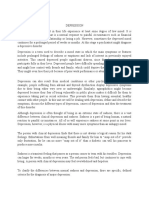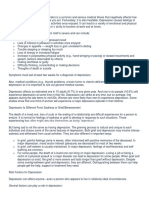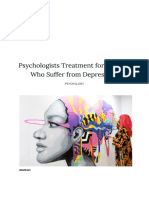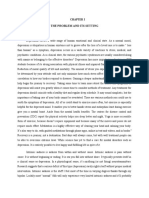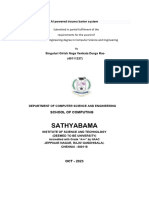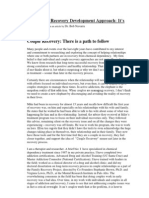0% found this document useful (0 votes)
27 views3 pagesDepression
The document discusses clinical depression, its prevalence, and the challenges in understanding and diagnosing it. It highlights the various treatment approaches, including medication and psychotherapy, and the importance of addressing both physiological and socio-psychological factors. Additionally, it notes the potential hereditary nature of depression and the need for individuals to develop new coping strategies.
Uploaded by
linhleha2611Copyright
© © All Rights Reserved
We take content rights seriously. If you suspect this is your content, claim it here.
Available Formats
Download as PDF, TXT or read online on Scribd
0% found this document useful (0 votes)
27 views3 pagesDepression
The document discusses clinical depression, its prevalence, and the challenges in understanding and diagnosing it. It highlights the various treatment approaches, including medication and psychotherapy, and the importance of addressing both physiological and socio-psychological factors. Additionally, it notes the potential hereditary nature of depression and the need for individuals to develop new coping strategies.
Uploaded by
linhleha2611Copyright
© © All Rights Reserved
We take content rights seriously. If you suspect this is your content, claim it here.
Available Formats
Download as PDF, TXT or read online on Scribd
/ 3



